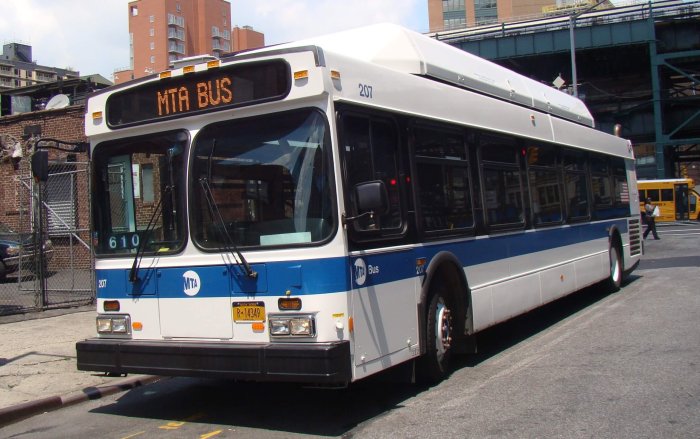By Chris Fuchs
The results of the 2000 census do not accurately reflect increases in certain segments of the city’s Hispanic population because the results were skewed by questions that gave respondents too much latitude in identifying their country of birth, an urban research group said.
The Lewis Mumford Center for Comparative Urban and Regional Research, a research arm of SUNY at Albany, issued a report last week saying the population counts of Dominicans and Colombians — many of whom live in Queens — were actually higher than what has been reported by the U.S. Census Bureau.
Respondents who identified themselves as Hispanic were asked to check one of three boxes to further define their ethnicity: Puerto Rican, Mexican and Cuban. If they did not fall under one of those categories, they were directed to check the box “other” and write in a response. In many cases, the responses included “Hispanic,” “Latino” and “Spanish” — answers that were unacceptable to the Census Bureau.
As a result, 6.1 million people nationally fell under the definition of “other Hispanic,” causing the city census figures in some instances to reflect only marginal increases relative to those obtained by the Mumford Center, said Jacob Stowell, a researcher for the group. “The census data is not wrong in the sense that they reported exactly what people wrote on the survey,” he said.
The implications of an undercount in the census, conducted every 10 years, are enormous since the government uses these results to determine the amount of federal funding to be given to states, cities and counties, as well as the number of representatives to be sent to the House of Representatives and the state Legislature.
Stowell said that the center was in the process of distilling the data further for each of the five boroughs. For the city, however, the Census Bureau put the number of Dominicans at 407,473, a figure that researchers said is closer to about 600,000. The Census Bureau also reported that there were 240,000 South Americans living in the city, although figures released by the Mumford Center place the population at more than 350,000.
Respondents living in Queens who identified themselves as Hispanic make up almost 7 percent of the city’s population, at 8,008,278, and 25 percent of the borough’s population of 2,229,379.
Although people who identified themselves as Asian were also asked to characterize themselves by country of origin, such respondents did not run up against the same difficulties as did Hispanics because the forms included more choices for Asians, lessening the chance that they would write in an incorrect response.
In arriving at their estimates, researchers at the Mumford Center, led by Professor John Logan, examined results from what is called a Current Population Survey. In that form, respondents were asked to indicate both their country of origin as well as that of their parents. If both answers agreed, Stowell said, the researchers assumed that that was indeed the respondent’s country of origin.
Refining this model, the researchers were then able to apply it to each census tract, oftentimes a few square blocks in area, and from that construct a more accurate citywide — and ultimately boroughwide — model of the Hispanic population in New York.
Reach reporter Chris Fuchs by e-mail at Timesledgr@aol.com or call 229-0300, Ext. 156.

































